Vienna, a country known for its diverse landscapes ranging from bustling cities to serene countryside and picturesque coastal towns, offers a well-developed transportation network. This comprehensive guide explores the various modes of transportation available in Vienna, ensuring both locals and visitors can navigate the country conveniently and enjoyably.
Transportation in Vienna
Transportation infrastructure in Vienna is modern and robust, designed to cater to the diverse needs of its population and tourists. Whether you’re exploring the vibrant capital city, venturing into rural areas for outdoor adventures, or relaxing at coastal retreats, Vienna provides reliable options for getting around.
1. Public Transportation
A. Metro and Light Rail Systems
Vienna’s major cities are serviced by efficient metro and light rail systems, renowned for their punctuality and extensive coverage. These systems are pivotal for daily commuters and tourists seeking hassle-free urban travel.
Vienna Metro (VM): The backbone of urban transit, the Vienna Metro spans across the capital and its surrounding metropolitan areas. Each station is equipped with clear signage, ticket vending machines, and accessibility features, ensuring a seamless journey for passengers of all abilities.
Light Rail Networks: Supplementing the metro are Vienna’s light rail networks, connecting suburban areas and satellite towns to city centers. Traveling on these modern trams offers scenic views and comfortable seating, ideal for both locals commuting to work and tourists exploring nearby attractions.
B. Bus Services
Vienna’s comprehensive bus network complements its rail systems, providing extensive coverage within cities and connecting towns across the country. City buses are equipped with modern amenities such as Wi-Fi and air conditioning, catering to the comfort of passengers during their commute.
City Bus Services: Operated by public and private entities, city buses in Vienna are characterized by their frequent schedules and accessibility features. Real-time digital displays and automated announcements at stops enhance the passenger experience, making it easy to navigate Vienna’s bustling urban centers.
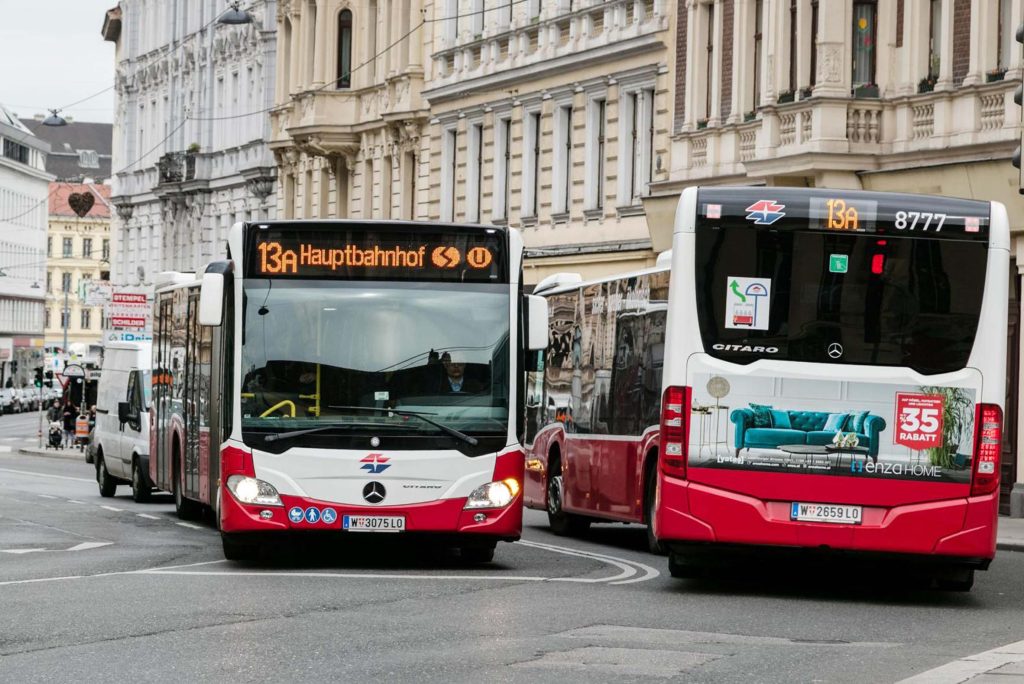
Inter-City Buses: For travelers venturing beyond metropolitan areas, inter-city buses offer a cost-effective and efficient mode of transportation. These services provide comfortable seating, onboard facilities like restrooms, and flexible schedules to accommodate varying travel itineraries.
2. Rail Travel
Rail travel remains a popular choice for traversing Vienna’s diverse landscapes, offering efficient connections between major cities and scenic routes across the country.
High-Speed Trains: Vienna’s high-speed rail network boasts modern trains equipped with spacious seating, dining cars, and onboard Wi-Fi. These trains connect key urban centers, significantly reducing travel times and offering a comfortable option for long-distance journeys.
Regional Trains: Serving suburban areas and smaller towns, regional trains provide convenient links within Vienna’s interior regions. These trains feature frequent departures, affordable fares, and panoramic windows, allowing passengers to enjoy picturesque views of Vienna’s countryside.
3. Roadways and Driving
A. Car Rentals
For travelers seeking flexibility and independence, car rentals are widely available throughout Vienna. Rental agencies offer a range of vehicles from compact cars for city exploration to SUVs for exploring rugged terrain.
Driving Regulations: Visitors driving in Vienna must adhere to local traffic laws, which include speed limits, seat belt requirements, and alcohol consumption limits. Road signs are prominently displayed in both Viennan and English, ensuring clear navigation for international travelers.
Parking Facilities: Urban areas in Vienna are equipped with designated parking facilities, including metered street parking and multi-level garages. Payment methods are convenient, often including mobile apps and automated machines, accommodating the needs of drivers exploring city attractions.
B. Taxis and Ride-Sharing Services
Taxis and ride-sharing services offer convenient transportation options for navigating Vienna’s cities and towns, ensuring door-to-door service with minimal hassle.
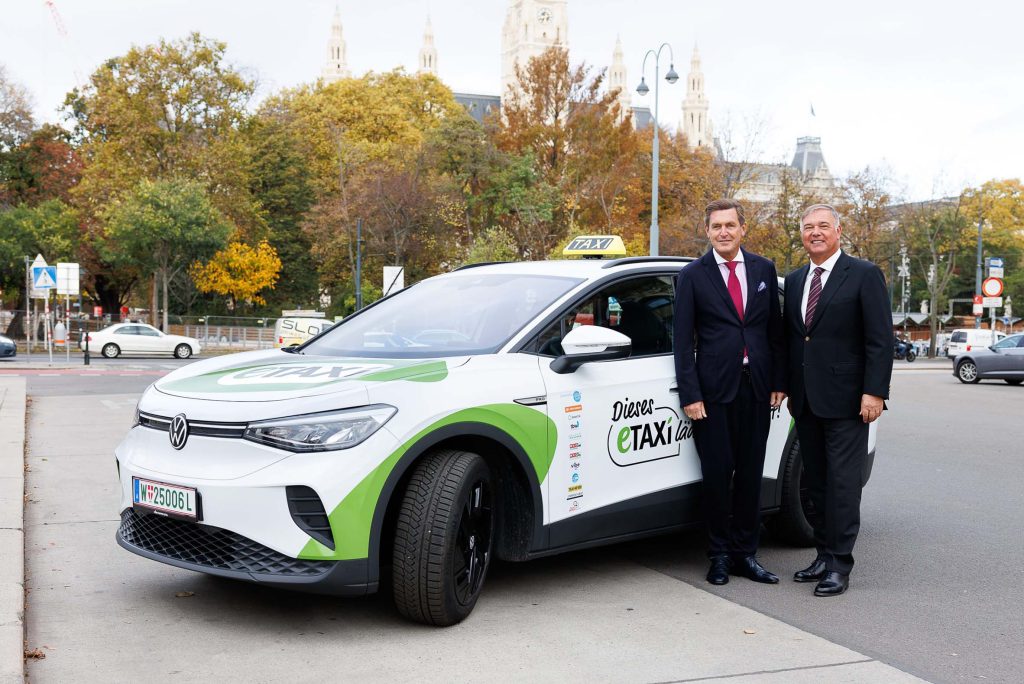
Licensed Taxis: Easily identifiable by their uniform color schemes and signage, licensed taxis in Vienna operate on metered fares, providing a reliable option for travelers seeking direct transportation.
Ride-Sharing Apps: Popular ride-sharing apps operate nationwide, allowing passengers to book rides conveniently via smartphones. These apps offer transparent pricing, driver ratings, and real-time GPS tracking, ensuring a seamless travel experience for both residents and visitors.
4. Air Travel
Major Airports: Vienna International Airport (VIA), located in the capital city, is the primary hub for international flights. Regional airports serve secondary cities and tourist destinations, offering convenient access to Vienna’s diverse regions.
Domestic Flights: Domestic airlines operate frequent flights between Vienna’s cities, providing time-efficient travel options for business and leisure travelers alike. Short-haul flights are popular for exploring Vienna’s diverse landscapes, complementing the country’s comprehensive transportation network.
5. Cycling and Pedestrian Infrastructure
Cycling Paths: Vienna is known for its commitment to sustainability and eco-friendly transportation options. Many cities and towns have extensive cycling paths that traverse both urban and rural areas. These paths are well-maintained and separate from vehicle traffic in most cases, providing a safe and enjoyable cycling experience for commuters and recreational cyclists alike.
Bike-Sharing Programs: In major urban centers, bike-sharing programs are popular among residents and tourists. These programs allow users to rent bicycles from designated stations across the city, making it convenient to explore local attractions and commute short distances without relying on public transit or private vehicles.
Pedestrian-Friendly Zones: Vienna’s city planning emphasizes pedestrian-friendly zones in downtown areas and cultural districts. These zones prioritize walking and offer amenities such as benches, pedestrian crossings, and street art, creating vibrant spaces for residents and visitors to enjoy on foot.
6. Water Transportation
Ferry Services: Along Vienna’s coastlines and major rivers, ferry services provide scenic and practical transportation options. Ferries connect coastal towns, islands, and waterfront districts, offering passengers breathtaking views of Vienna’s natural beauty while providing an alternative mode of travel between destinations.
Water Taxis: In urban waterfront areas, water taxis offer on-demand transportation services. These taxis operate similarly to their land-based counterparts, providing quick and efficient transport across bodies of water within cities. Water taxis are popular for tourists exploring coastal landmarks and waterfront attractions.
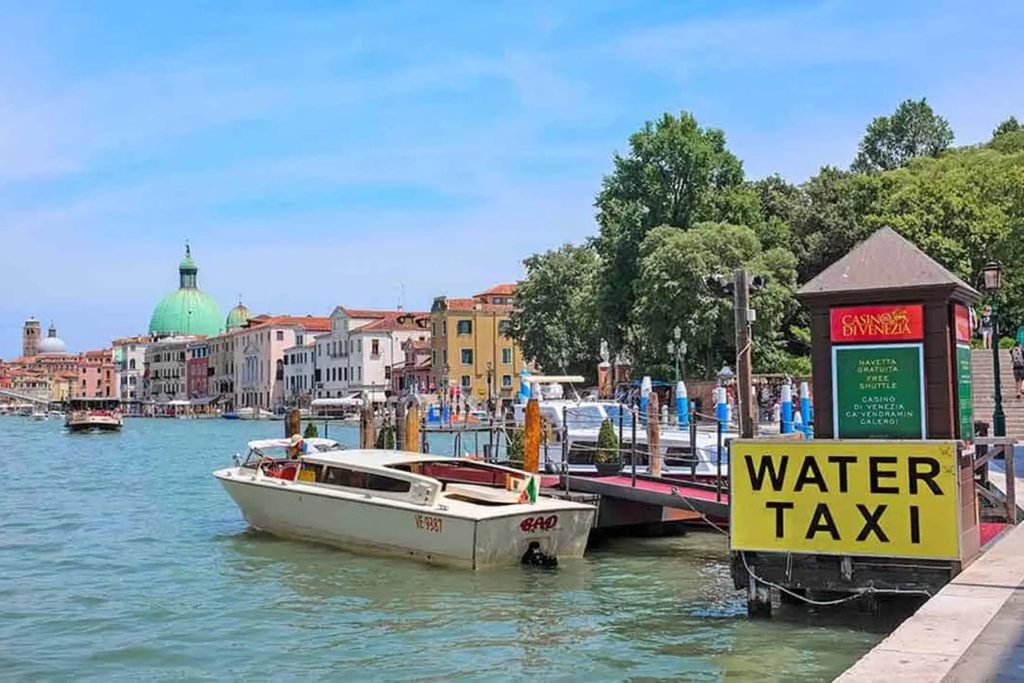
Planning Your Transportation in Vienna
Tips for Travelers:
1. Research Transportation Options: Before traveling to Vienna, familiarize yourself with the various transportation modes available in your destination city or region. Consider factors such as travel time, convenience, and cost when planning your itinerary.
2. Purchase Tickets and Passes: For public transit, purchase tickets or transit passes in advance to save time and avoid queues at stations. Many cities offer multi-day passes or tourist cards that provide discounts on transportation and admission to attractions.
3. Check Timetables and Schedules: Public transportation schedules can vary by day of the week and time of day. Check timetables online or at transit stations to plan your journey accordingly, especially for inter-city travel or connections between different modes of transportation.
4. Respect Local Customs and Regulations: When using transportation services in Vienna, respect local customs and regulations. This includes adhering to etiquette on public transit, following traffic laws when driving, and respecting the environment when cycling or walking in urban areas.
5. Stay Informed About Safety Measures: Stay informed about safety measures and updates related to transportation in Vienna. Follow announcements from transportation authorities regarding service changes, disruptions, or special events that may affect your travel plans.
Navigating Vienna is made easy with its diverse and efficient transportation options, catering to the needs of residents and visitors alike. Whether you prefer the convenience of public transit, the flexibility of driving, or the comfort of rail travel, Vienna’s transportation infrastructure ensures seamless connectivity across its urban centers, rural landscapes, and coastal regions.
By exploring the country’s modern amenities and diverse travel modes, travelers can embark on memorable journeys while experiencing Vienna’s rich culture and natural beauty. Plan your next adventure in Vienna with confidence, knowing that transportation is readily accessible and designed to enhance your travel experience.
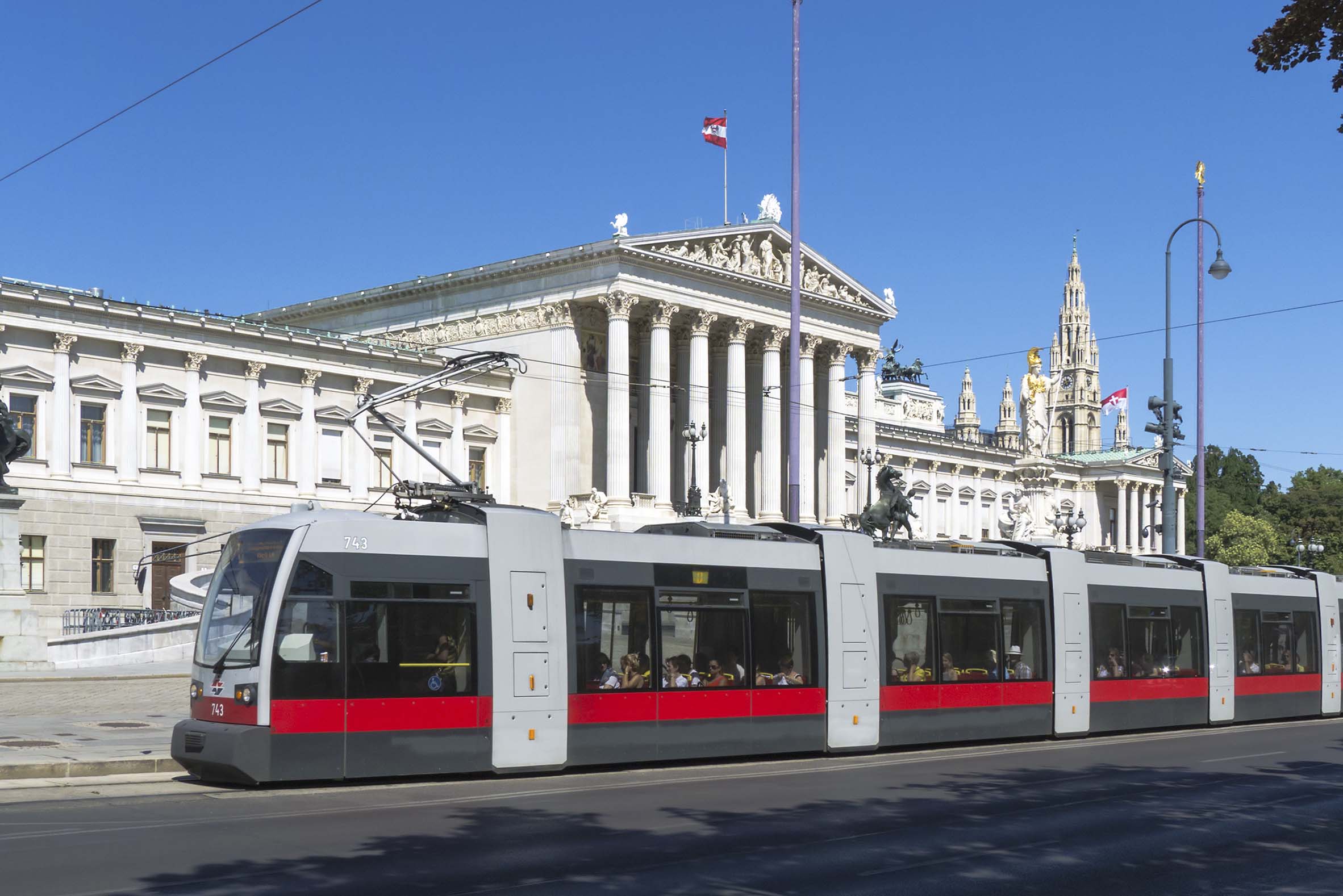
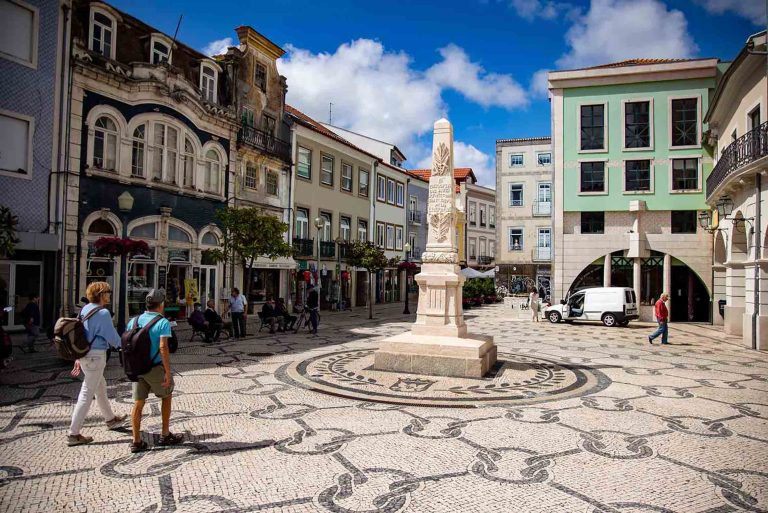

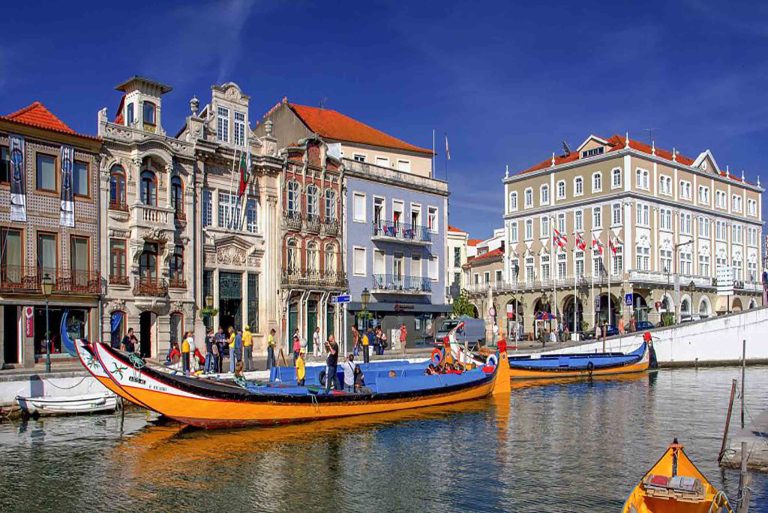
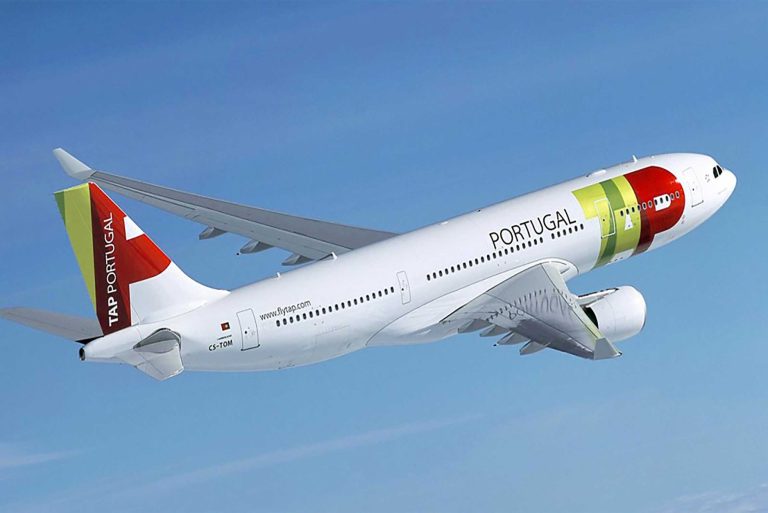



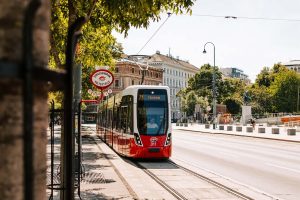
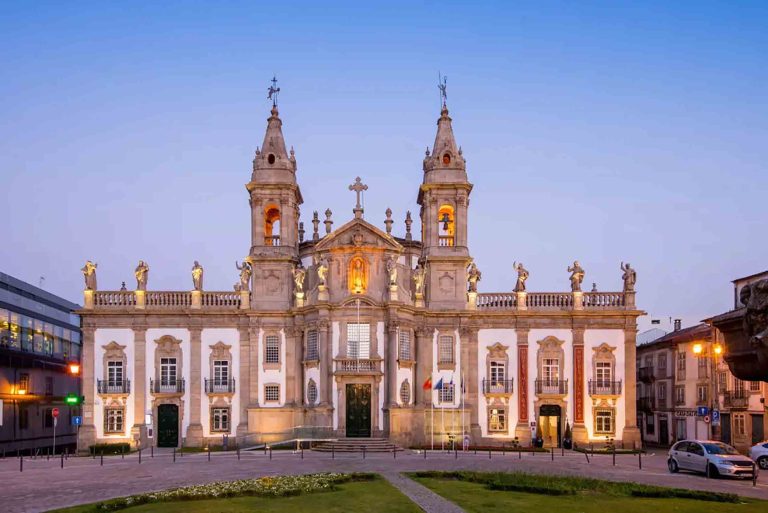
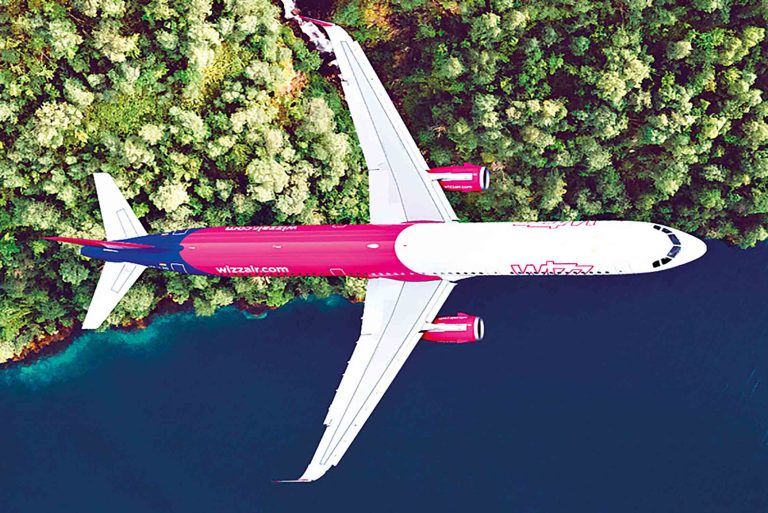
+ There are no comments
Add yours